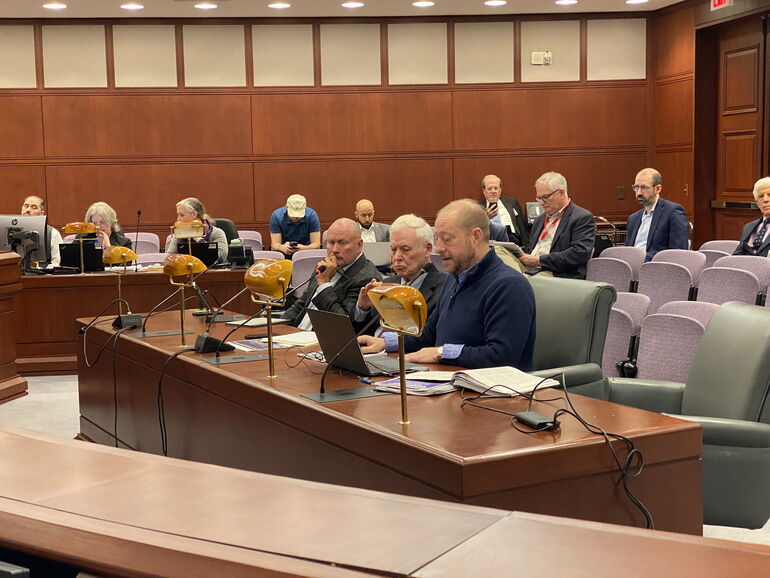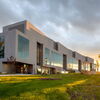Processing Your Payment
Please do not leave this page until complete. This can take a few moments.
-
News
-
Editions
-
- Lists
-
Viewpoints
-
HBJ Events
-
Event Info
- 2024 Economic Outlook Webinar Presented by: NBT Bank
- Best Places to Work in Connecticut 2024
- Top 25 Women In Business Awards 2024
- Connecticut's Family Business Awards 2024
- What's Your Story? A Small Business Giveaway 2024 Presented By: Torrington Savings Bank
- 40 Under Forty Awards 2024
- C-Suite and Lifetime Achievement Awards 2024
- Connecticut's Health Care Heroes Awards 2024
-
-
Business Calendar
-
Custom Content
- News
-
Editions
View Digital Editions
Biweekly Issues
- April 29, 2024
- April 15, 2024
- April 1, 2024
- March 18, 2024
- March 4, 2024
- February 19, 2024
- February 5, 2024
- January 22, 2024
- January 8, 2024
- + More
Special Editions
- Lists
- Viewpoints
-
HBJ Events
Event Info
- View all Events
- 2024 Economic Outlook Webinar Presented by: NBT Bank
- Best Places to Work in Connecticut 2024
- Top 25 Women In Business Awards 2024
- Connecticut's Family Business Awards 2024
- What's Your Story? A Small Business Giveaway 2024 Presented By: Torrington Savings Bank
- 40 Under Forty Awards 2024
- C-Suite and Lifetime Achievement Awards 2024
- Connecticut's Health Care Heroes Awards 2024
Award Honorees
- Business Calendar
- Custom Content
Consultant: Keep Brainard Airport open, but close runway
 HBJ Photo | Skyler Frazer
Department of Economic and Community Development Commissioner Daniel H. O'Keefe (left), BFJ Planning Principal-in-Charge Frank Fish (middle), and BFJ Planning Associate Principal Thomas Madden (right) speak to the state Finance, Revenue and Bonding Committee in March 2024.
HBJ Photo | Skyler Frazer
Department of Economic and Community Development Commissioner Daniel H. O'Keefe (left), BFJ Planning Principal-in-Charge Frank Fish (middle), and BFJ Planning Associate Principal Thomas Madden (right) speak to the state Finance, Revenue and Bonding Committee in March 2024.
Brainard Airport should close a runway to make space for industrial and retail space, but remain mostly open, according to a study from a New York consulting firm tasked with finding the best use for the 200-acre property in Hartford.
Department of Economic and Community Development Commissioner Daniel H. O'Keefe and representatives from consulting firm BFJ Planning visited the state’s Finance, Revenue and Bonding Committee to discuss the results of a $1.5 million study exploring the future of Brainard Airport, which currently operates at a deficit of about $400,000 annually.
BFJ Planning Associate Principal Thomas Madden said the firm recommended closing a specific runway on the property for redevelopment, but mostly keeping the airport open as the “most prudent and sustainable investment.”
State and city officials have been discussing what the best use for the 200-acre property is. The state commissioned a study last year to narrow down options.
The group’s recommended plan, “scenario 2,” is a mix of ideas: close Runway 11-29 at the airport and redevelop that space, about 18 acres of land, for industrial uses. Two 100,000-square-foot single-story industrial buildings would be built on the property and about 20,000 square feet of retail space. Existing airport operations would continue, and limited aviation-related development like a runway extension could still be possible.
“To bring in some additional money for CAA (Connecticut Airport Authority) on the site itself in order to make up for the $400,000 that they are missing because of the funding side of everything, we looked at bringing in a mixed-warehouse which had light manufacturing space with offices, as well as a 20,000 square feet retail building along Brainard Road,” Madden said during his presentation Wednesday.
The plan, which would cost about $7.4 million according to the financial analysis in BFJ Planning’s study, has the best return on investment compared to the other choices because it doesn’t involve closing the airport – a process that requires federal approval and can take years.
The other scenarios the group considered were:
Scenario 1: The airport would remain fully open with limited new aviation-related development, including a new air traffic control tower, runway extension, new hangars and 94,000 square feet of space for aviation facilities.
Senario 3: The airport would be completely closed and about 2.6 million square feet will be turned into industrial space, 140,000 square feet turned into office space and 100,000 square feet of retail space. According to the financial analysis in BFJ Planning’s report, this scenario would cost about $70.8 million.
Scenario 4: The airport would be completely closed to make way for a mixed-use development on the property that would include more than 2,700 rental units, 262,000 square feet of industrial space, 100 square feet of retail space and 255,000 square feet of recreational facilities. The plan would also call for new public facilities like a school, community center and library, which aren’t included in the projected costs of $868.1 million.
The plans that call for the full closure of the airport aren’t financially feasible, the consultant said. Also, closing the airport could take up to 10 years, delaying any plans for industrial or mixed-use development.
“What we're trying to do is get an improved airport and more income from those closed 17 acres. So it's sort of a nuance, but that is our recommendation because to go for either of the others … The cost of it is so great that it doesn't it did not make sense to us in the final analysis, particularly the residential and mixed use alternative,” said Frank Fish, principal-in-charge of BFJ Planning.

2022 Giving Guide
This special edition informs and connects businesses with nonprofit organizations that are aligned with what they care about. Each nonprofit profile provides a crisp snapshot of the organization’s mission, goals, area of service, giving and volunteer opportunities and board leadership.
Learn more
Subscribe
Hartford Business Journal provides the top coverage of news, trends, data, politics and personalities of the area’s business community. Get the news and information you need from the award-winning writers at HBJ. Don’t miss out - subscribe today.
Subscribe
2024 Book of Lists
Delivering Vital Marketplace Content and Context to Senior Decision Makers Throughout Greater Hartford and the State ... All Year Long!
Read Here-
2022 Giving Guide
This special edition informs and connects businesses with nonprofit organizations that are aligned with what they care about. Each nonprofit profile provides a crisp snapshot of the organization’s mission, goals, area of service, giving and volunteer opportunities and board leadership.
-
Subscribe
Hartford Business Journal provides the top coverage of news, trends, data, politics and personalities of the area’s business community. Get the news and information you need from the award-winning writers at HBJ. Don’t miss out - subscribe today.
-
2024 Book of Lists
Delivering Vital Marketplace Content and Context to Senior Decision Makers Throughout Greater Hartford and the State ... All Year Long!
ABOUT
ADVERTISE
NEW ENGLAND BUSINESS MEDIA SITES
No articles left
Get access now
In order to use this feature, we need some information from you. You can also login or register for a free account.
By clicking submit you are agreeing to our cookie usage and Privacy Policy
Already have an account? Login
Already have an account? Login
Want to create an account? Register
Get access now
In order to use this feature, we need some information from you. You can also login or register for a free account.
By clicking submit you are agreeing to our cookie usage and Privacy Policy
Already have an account? Login
Already have an account? Login
Want to create an account? Register






0 Comments